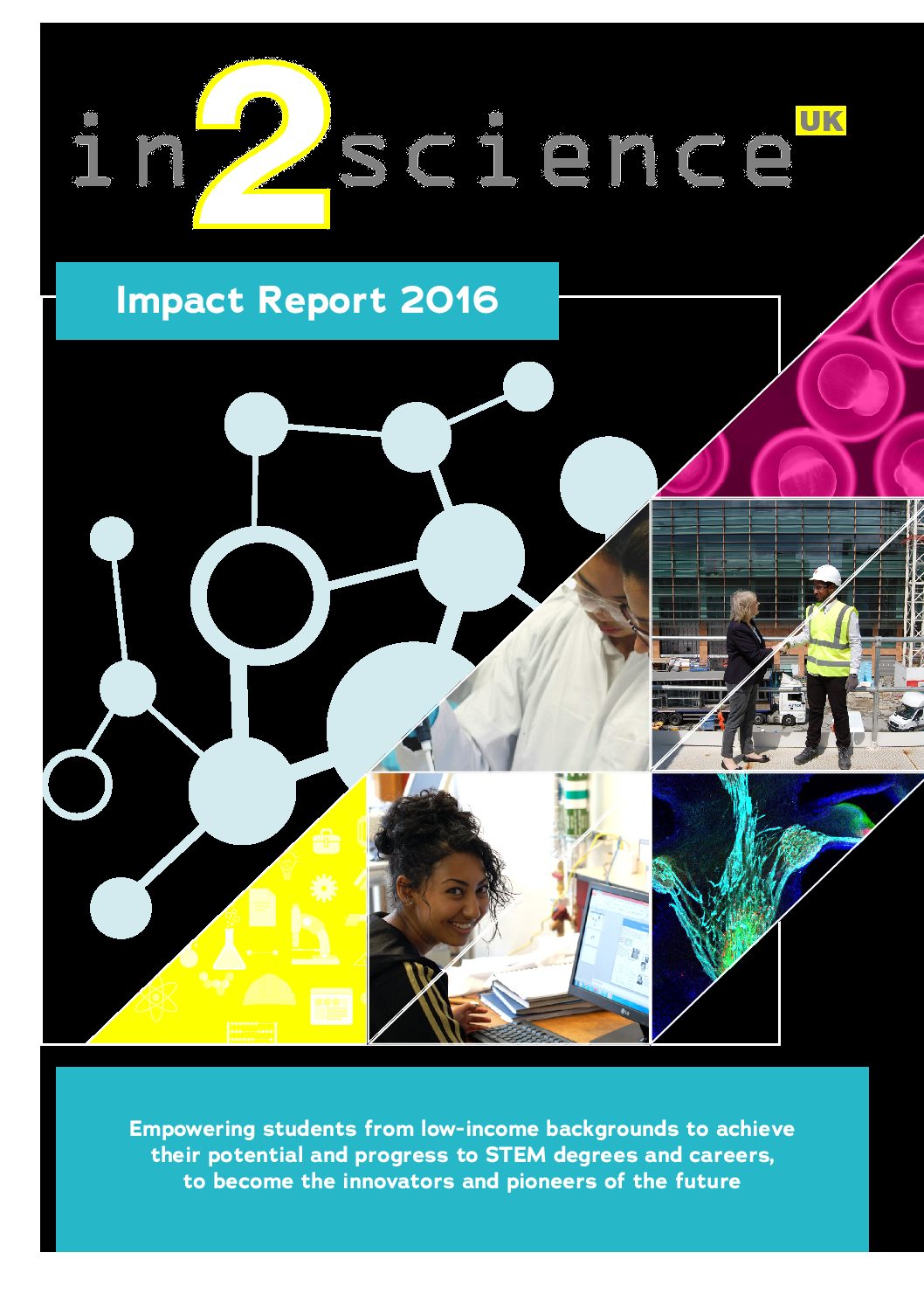Rahad-ur tells us about his two weeks in the Institute of Reproductive and Developmental Biology at Imperial’s Hammersmith Campus, under the supervision of Dr Elaina Maginn.
The opportunity I received to be a research scientist was spectacular. Not only did I learn about the life of a scientist, but I also deepened my knowledge around cancer research and completed many experiments, as well as watching some incredible experiments.
The bi-weekly meeting I participated in was a lot more informal than I expected, but it displayed to me that the life of a research scientist can be lenient but serious. The seminar revealed how scientists need to learn about current discoveries and research work by other scientists which can help the scientists in their own research.
The laboratory work was very enjoyable and different to what I am use to in a school laboratory. Firstly, I split some cells, which were cultured in a hood which kept everything sterile. The next day, I took the flask containing my cultured cells out of the incubator and seeded it into wells where I was able to add different concentrations of cisplatin to two well plates – one with fairly resistant tumour cells, and the other with more sensitive cells, and added some MTT solution which caused the solution in the wells to become yellow and turned slightly purple depending on cell viability. I measured the optical density in a plate reader machine which gave readings for each plate. After analysis and plotting graphs, the results were unexpected which revealed how expected results for scientists is rare- repeats are always needed.

Although the practical work was very beneficial, I learned an astounding amount during my two weeks here. Most of it was learned from observing experiments done by my supervisor or the supervisor’s PhD students. For example, a centrifuge needs to be balanced or a catastrophe could occur. The main procedure I learned was the Western Blot, which can identify the amount and type of proteins used in the DNA damage repair (DDR) mechanism. I also learned about how all the experiments have a link. For example, the DNA-linking assay allowed a sample to be obtained where proteins are attached to the damaged DNA for repair. These DDR mechanisms, powered by proteins, causes cancer cells to have some resistance to platinum-based chemotherapeutic drugs. Inhibiting essential proteins – which is identified using western blot- in these mechanisms can allow a tumour cell to become more sensitive. I also observed some nice pictures from a confocal microscope which showed locations of stained organelles or proteins in and around the cells.
This experience was truly inspirational and I would recommend this opportunity for any A level student who is thinking of going down the science route. This was great!
